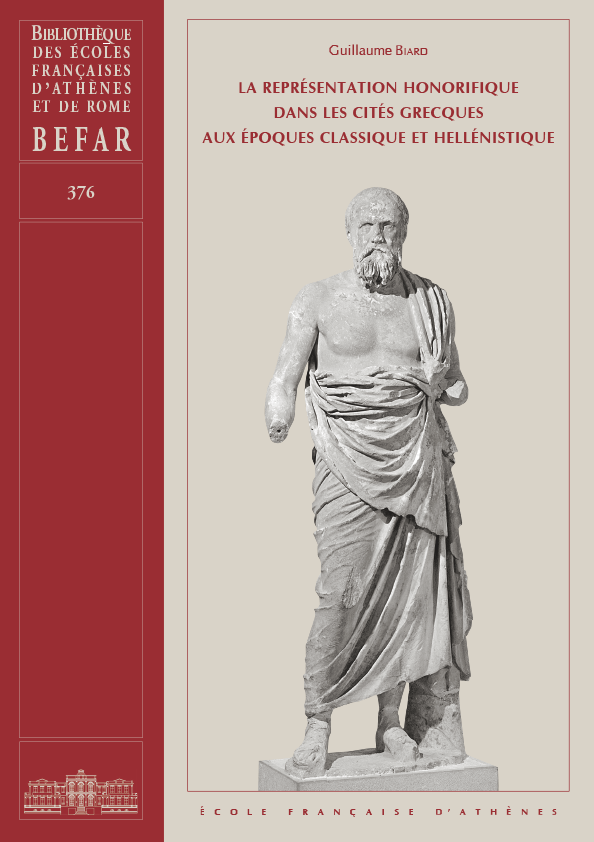Qu’est-ce que la représentation honorifique? À partir de cette simple question, cet ouvrage analyse la pratique qui consiste à offrir aux bienfaiteurs un monument à leur image. Tout à la fois historique, matérielle et iconographique, l’étude met en lumière les facettes variées de ce genre panhellénique, qui est autant un signe de vitalité des institutions démocratiques qu’un instrument de prestige social. Héritée des pratiques de l’aristocratie archaïque, la représentation honorifique brosse en effet le portrait de la cité idéale et de sa hiérarchie sociale, du stratège vainqueur à la bonne épouse. Mais elle façonne également l’espace public, peuplé, parfois jusqu’à la saturation, de monuments variés, du plus modeste tableau à l’éclatante statue de bronze doré, placée sur une immense colonne. En rendant leur apparence à des oeuvres trop souvent réduites aux clauses des décrets qui promulguent leur installation, cet ouvrage offre une interprétation nouvelle de leur rôle politique, social et culturel.
What is honorific representation? Starting from this simple question, this study analyses the practice of granting benefactors a monument in their own image. At once historical, material and iconographical, this book brings to light the diverse facets of this Panhellenic genre, one as much a sign of the vitality of democratic institutions as an instrument of social prestige. Inherited from the practices of the aristocracy in the Archaic period, honorific representation painted a picture of the ideal city-state and its social hierarchy, from the victorious general to the good wife. But honorific representation also shaped the public space, itself peopled — sometimes to saturation point — with a diverse range of monuments, from the most modest painting to the dazzling gilt bronze statue perched atop the highest column. By focussing on the outward appearance of works that have all too often been reduced to clauses in honorific decrees, this study offers a new interpretation of the political, social and cultural role of these monuments.


 English
English
 add to cart
add to cart
